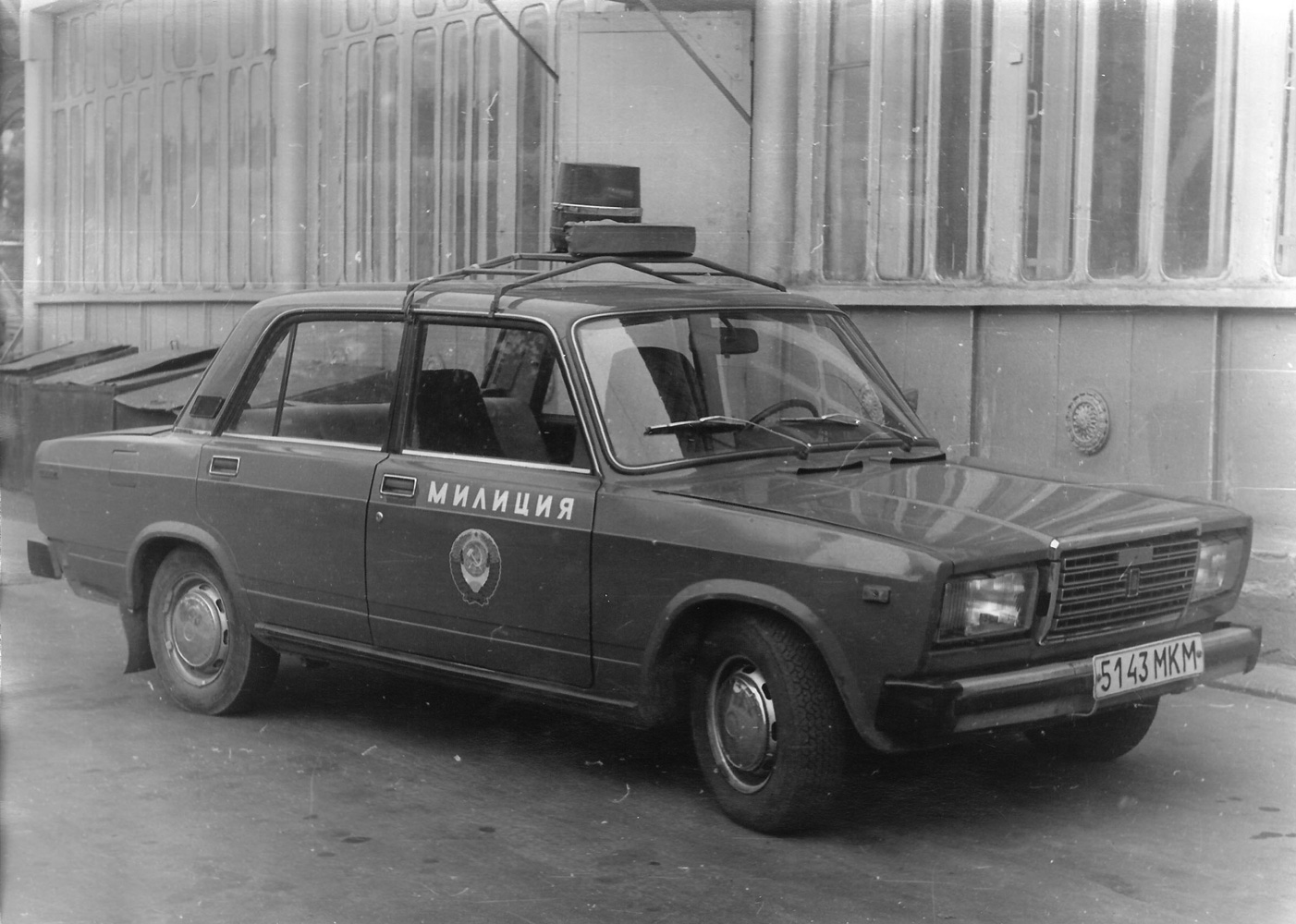The Soviets Made Fast(ish) Rotary-Powered Ladas For The KGB
Spoiler alert: they weren't very good, but they were powered by a rotary.
I love rotary engines. My first car was a 1983 Mazda RX-7 with a carbureted 12A engine, and while it wasn't technically "fast" or "quick" or even really very "good," I loved it. Since then, I've always had a soft spot for the loud, buzzy, fuel-happy little bastards, and today I found out that it wasn't only Mazda and NSU making rotary-powered passenger cars, but Lada too.
Ok, so not technically Lada, but its parent company AvtoVAZ and your everyday Soviet citizen couldn't just go out and buy one – not initially, anyway – because these cars were mostly reserved for use by the KGB. Yep, that KGB.
The first Soviet Wankel was a single-rotor model called the VAZ-311, released in 1978, and with just 69 horsepower on tap and a useful service life of around 12,500 miles, we can all agree that it wasn't very good. Still, for an unlicensed copy of an already maligned engine by a company (NSU) that had already bailed on its version (in the Ro80), it's not unimpressive.
The VAZ-311 was placed in a whopping 250 VAZ-2101 (aka Lada 1200, aka the Soviet version of the Fiat 124) chassis and given the name VAZ-21018. While those were off not being very reliable and likely inconveniencing the KGB, AvtoVAZ kept working on its design.
The next version was released in 1983, had twice the number of rotors, and was called the VAZ-411. This version was allegedly good for around 115-120 hp, depending on who you ask, and was placed into that same VAZ-2101 chassis, but this time it was called the VAZ-21019.
While this second effort was certainly a little more impressive than the first one, the continued lack of reliability caused AvtoVAZ to back-burner the rotary for a bit before launching headlong into spinning-Dorito-madness. The company also eventually created a three-rotor engine called the VAZ-431 which allegedly made around 205 hp, but it's unclear whether this ever saw meaningful production or whether it just ended up in a couple of test mules for bureaucrats.
In the 1990s, the decision was made to spread the rotary love around a little more with the introduction of the VAZ-2108 and 2109 (called the Lada Samara outside of Russia). These got a Russia-only VAZ-415 1.3-liter Wankel engine, producing a very healthy 140 hp. This meant the car could hit 62 mph in 8 seconds, about the same time as the Audi 90 Quattro of the era.
Given the low production numbers, mostly being for government use and the generally "burns-twice-as-bright" nature of rotary engines in general, there aren't many AvtoVAZ rotaries left around. Hell, I wouldn't have known they existed at all had it not been for Robert Dunn from Aging Wheels mentioning them in the video about his new-to-him Lada, but now I want to see someone Mazda 20B swap a Lada Niva so I can drive it (presumably to my immediate firey death).
